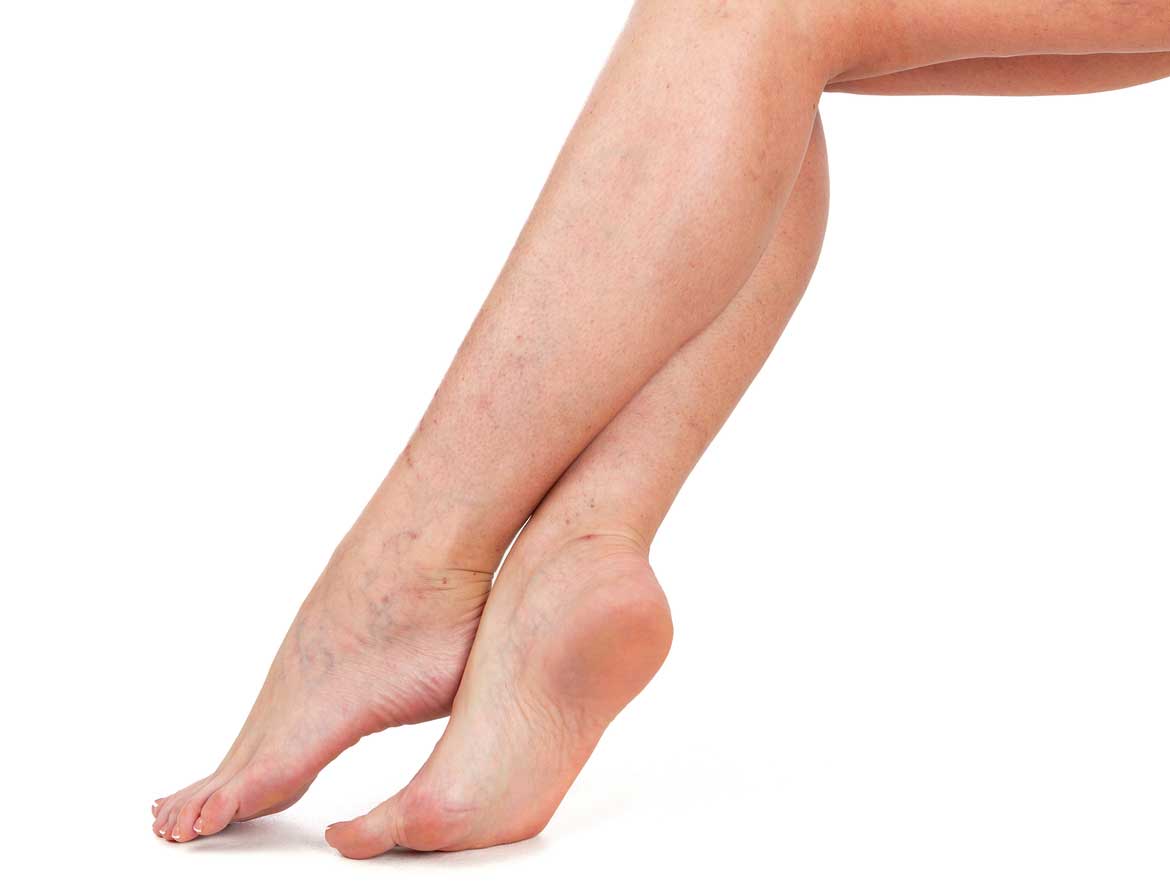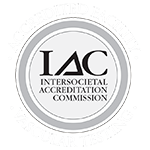
Venous stasis dermatitis, also known as leg discoloration, is a common problem. For many people, living with leg discoloration can cause discomfort and insecurities. Leg discoloration can be a sign of an issue with the veins in your feet or lower legs. Let’s discuss what causes leg discoloration, and some preventive measures you can take to prevent leg discoloration from occurring.
What is Leg Discoloration?
Venous stasis dermatitis is a type of skin inflammation caused by poor circulation. Someone may experience leg discoloration on any part of their leg. But, it's most common in certain areas, such as the calves, ankles, and feet since this is where blood collects.
When blood collects in a person's veins f the lower legs, it causes pressure to increase in this area. Over time, this added pressure damages the capillaries, allowing proteins to leak into the surrounding tissue. As this leak continues, it causes a buildup of cells, fluid, and proteins. This is what leads to discoloration on the legs.
What Causes Leg Discoloration?
When a person experiences leg discoloration, it can be an indication that there is a venous disease present. There are two common vein conditions that lead to discoloration in the legs. These include:
Chronic Venous Insufficiency
CVI develops when a person's vein valves are weak and damaged, causing them to stop working correctly. As a result, blood flows down to the legs rather than returning up to the heart. The blood begins to pool, causing the veins to bulge and leak, and eventually, the leg will become discolored.
Deep Vein Thrombosis
DVT is a severe vein condition that results from blood clots forming in deep veins of the leg. It's important to note that deep vein thrombosis doesn't just affect blood flow, a blood clot can travel through the body and cause an embolism.
Risk Factors for Leg Discoloration
While leg discoloration is quite common, there are certain risk factors that lead to discoloration. Some risk factors include:
- Being over the age of 50
- Being overweight
- Living with untreated varicose veins
- Having high blood pressure
- Having a blood clot in your leg
- Living with an existing heart condition
- Having a previous surgery
- Having kidney failure
Preventive Measures
While leg discoloration is a common issue for many, there are preventive measures that you can take to lower your risk of developing this condition. Here are 4 effective ways to improve circulation and help prevent leg discoloration from occurring:
Diet
Eating the right foods can help lower your risk of leg discoloration. In fact, eating foods that contain a higher percentage of bioflavonoids can help prevent discoloration. This means adopting a diet that includes leafy greens, purples, oranges, reds, and yellows. The more you diversify your diet with color, the better.
Exercise
It's important to adopt a regular exercise regimen. Simple exercises, such as walking regularly can help improve leg circulation instead of allowing the blood to pool in the lower legs.
Leg Elevation
Practice elevating your legs at rest to the level of your heart. This will take the stress off of the veins and reduce your risk of poor circulation.
Compression Socks
Consider wearing compression socks or wraps. This will help prevent blood from pooling in the legs.
Importance of Medical Checkups
If you've noticed discoloration on your legs, it's important to get a medical checkup to see what's causing the issue. Many people believe that leg discoloration will go away on its own. But leg discoloration requires a proper diagnosis and treatment plan. A physician will focus on treating the disease itself and helping you manage the symptoms of leg discoloration at home.
Here at the Vein Institute, we are board-certified vascular physicians serving individuals in New Jersey. If you've noticed discoloration on your legs, contact us today to schedule an appointment.








